Types of Hound Dogs
Hounds are divided into two main categories based on how they hunt: scent hounds that track by smell and sight hounds that hunt by vision and speed.
Scent Hounds
Scent hounds have an incredible sense of smell and track prey by following scent trails. They're often vocal, using baying and howling to communicate during hunts. Breeds include Beagles, Bloodhounds, Basset Hounds, and all Coonhound varieties. They're persistent, determined hunters with strong tracking instincts.
Sight Hounds
Sight hounds hunt primarily by vision and speed rather than scent. They're built for explosive speed and agility, with lean, athletic bodies. Breeds include Greyhounds, Whippets, Salukis, and Afghan Hounds. They have a strong prey drive and excel at coursing and racing.
Scent Hound Breeds
These master trackers use their powerful noses to follow scent trails. Perfect for hunting, tracking, and search and rescue work.

Beagle
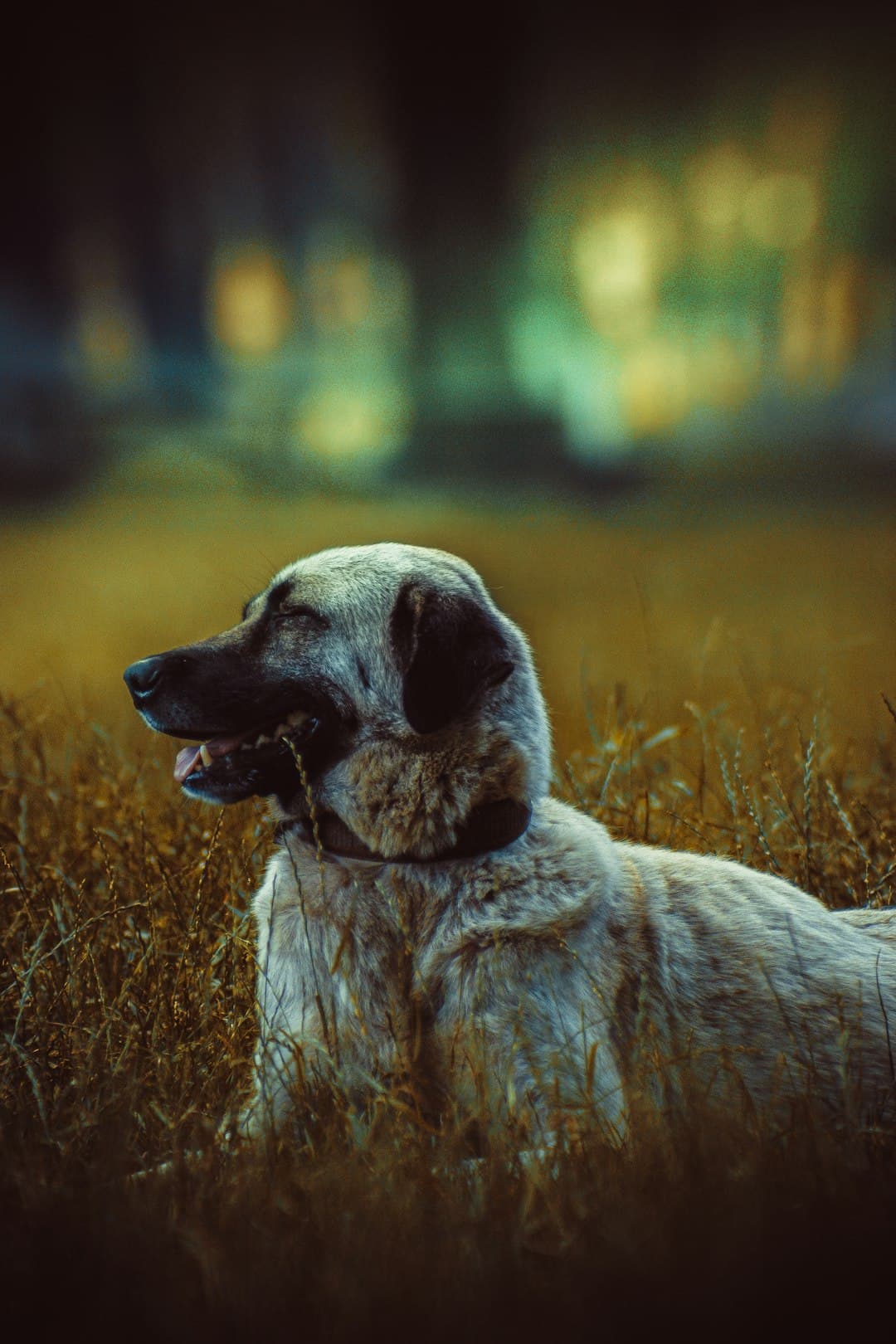
Bloodhound

Dachshund
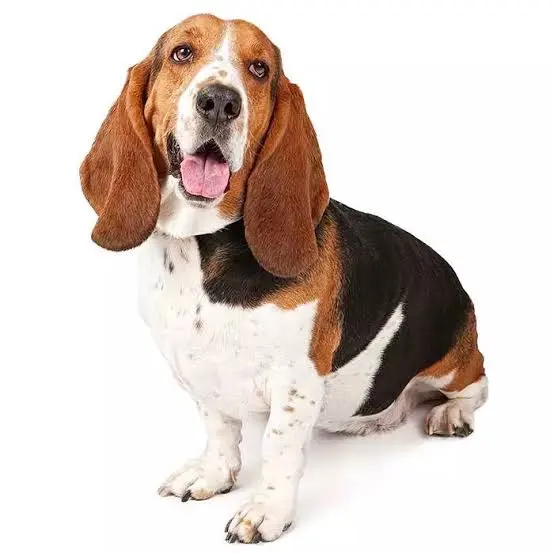
Basset Hound
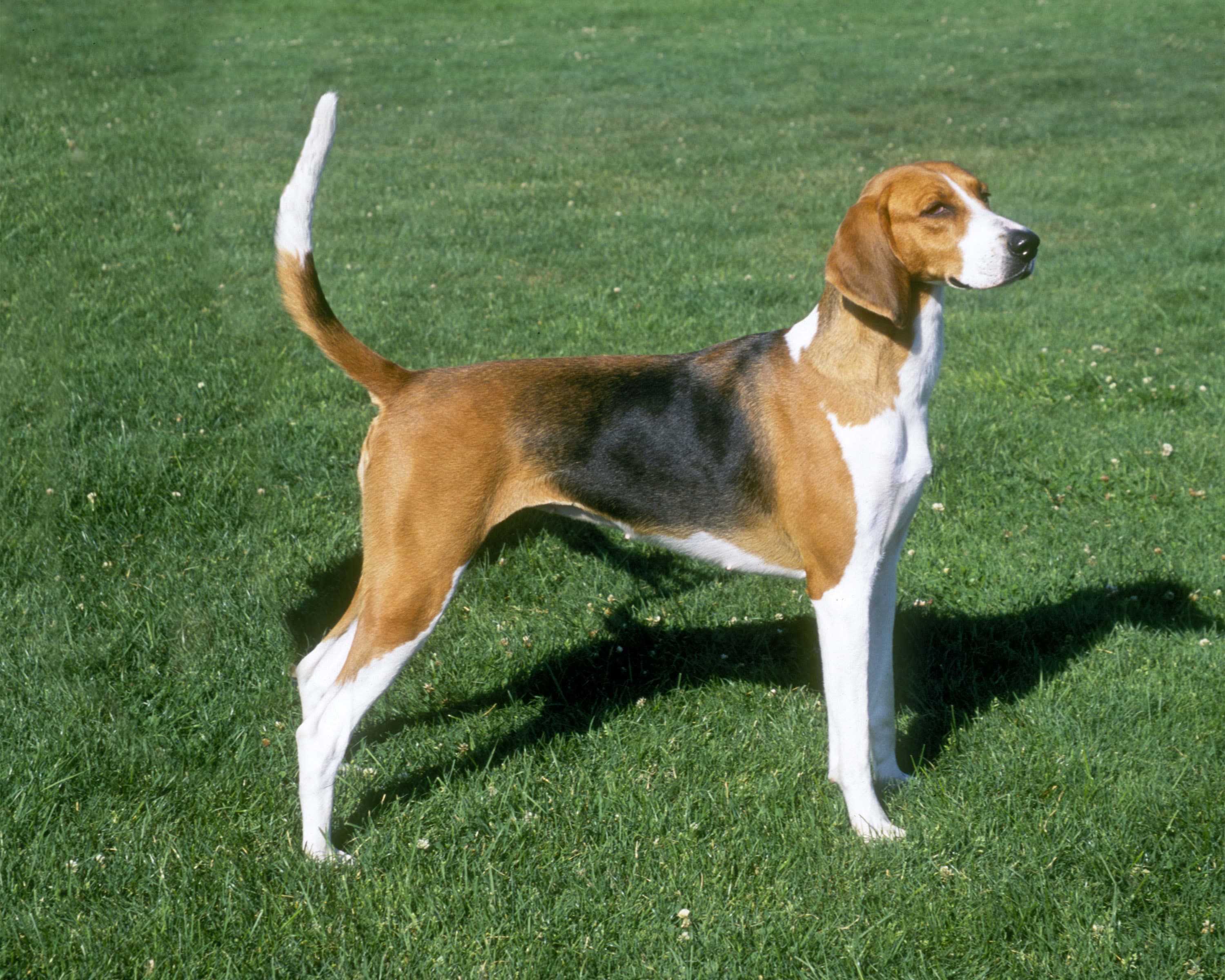
American Foxhound

Black and Tan Coonhound
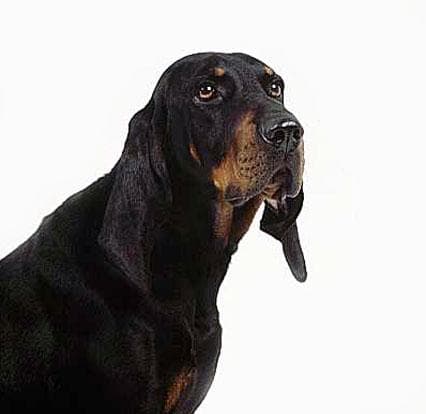
Bluetick Coonhound
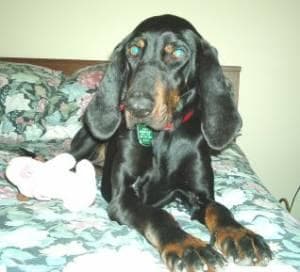
Coonhound
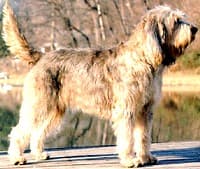
Otterhound

Harrier
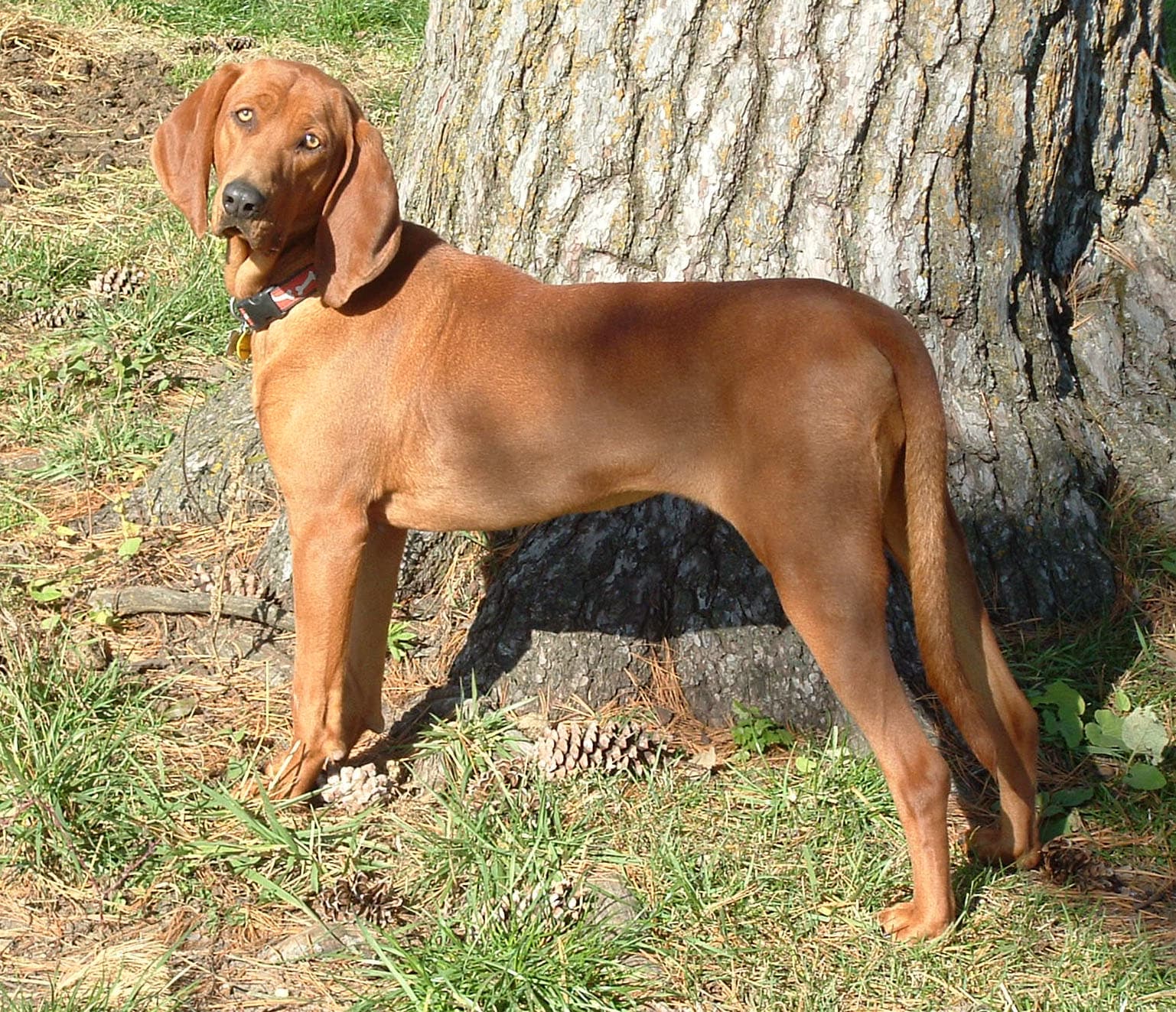
Redbone Coonhound
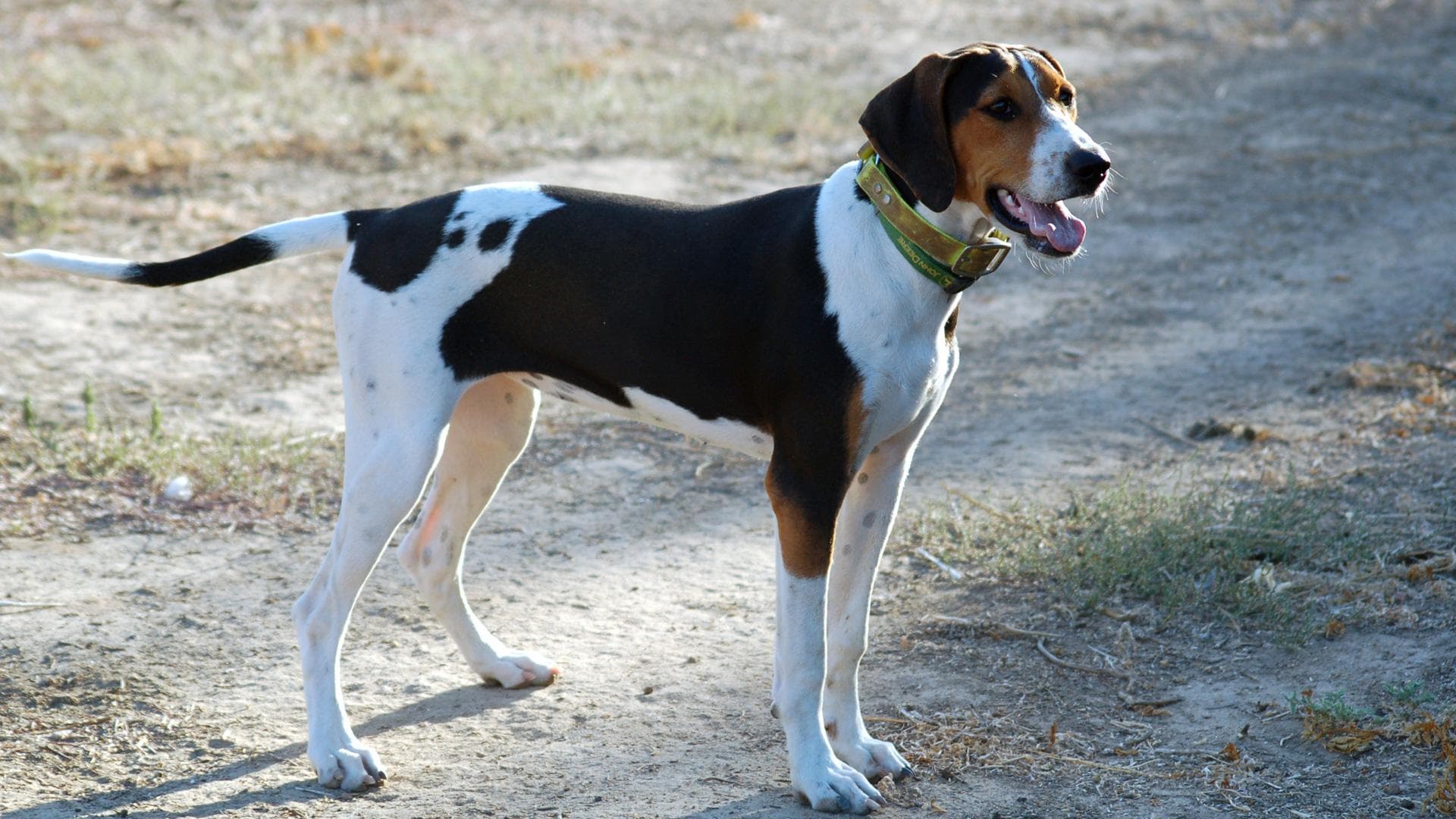
Treeing Walker Coonhound
Hound Breed Spotlight
Beagle: America's Favorite Scent Hound
Beagles are one of the most popular hound breeds in America. These small to medium-sized scent hounds were originally bred for hunting rabbits and hares. With their incredible sense of smell (about 220 million scent receptors!), friendly personality, and manageable size, Beagles make excellent family pets. They're merry, curious dogs with a distinctive bay when they pick up a scent. Their gentle nature makes them great with children.
Bluetick Coonhound: The Blue Tick Hound
The Bluetick Coonhound is a classic American scent hound known for its beautiful blue-ticked coat and exceptional tracking abilities. Bred for hunting raccoons and other game, these dogs have incredible stamina and determination. They're friendly, intelligent, and make devoted companions. Blue tick hounds have a distinctive baying voice they use when treeing game. They need plenty of exercise and do best with active families or hunting enthusiasts.
Bloodhound: The Super Nose
Bloodhounds have the most powerful sense of smell of any dog breed, with about 300 million scent receptors. They can follow trails that are days old and track scents over incredibly long distances. Originally bred for tracking deer and wild boar, they're now famous for tracking people in search and rescue operations. Despite their serious working ability, Bloodhounds are gentle, affectionate dogs that love their families.
Greyhound: The Speed Demon
Greyhounds are the fastest dog breed, capable of reaching speeds up to 45 mph. These elegant sight hounds were bred for coursing game and racing. Despite their athletic ability, Greyhounds are surprisingly calm and lazy at home - they're often called "40 mph couch potatoes." Retired racing Greyhounds make wonderful, gentle pets and adapt well to apartment living with short bursts of exercise.
Sight Hound Breeds
Built for speed and agility, these elegant hunters rely on their keen eyesight and incredible velocity to chase down prey.
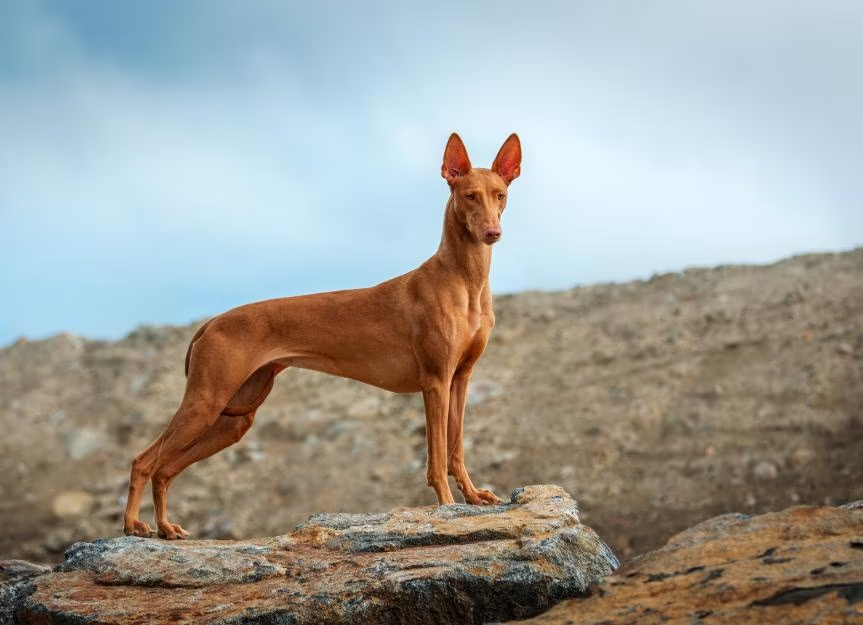
Greyhound
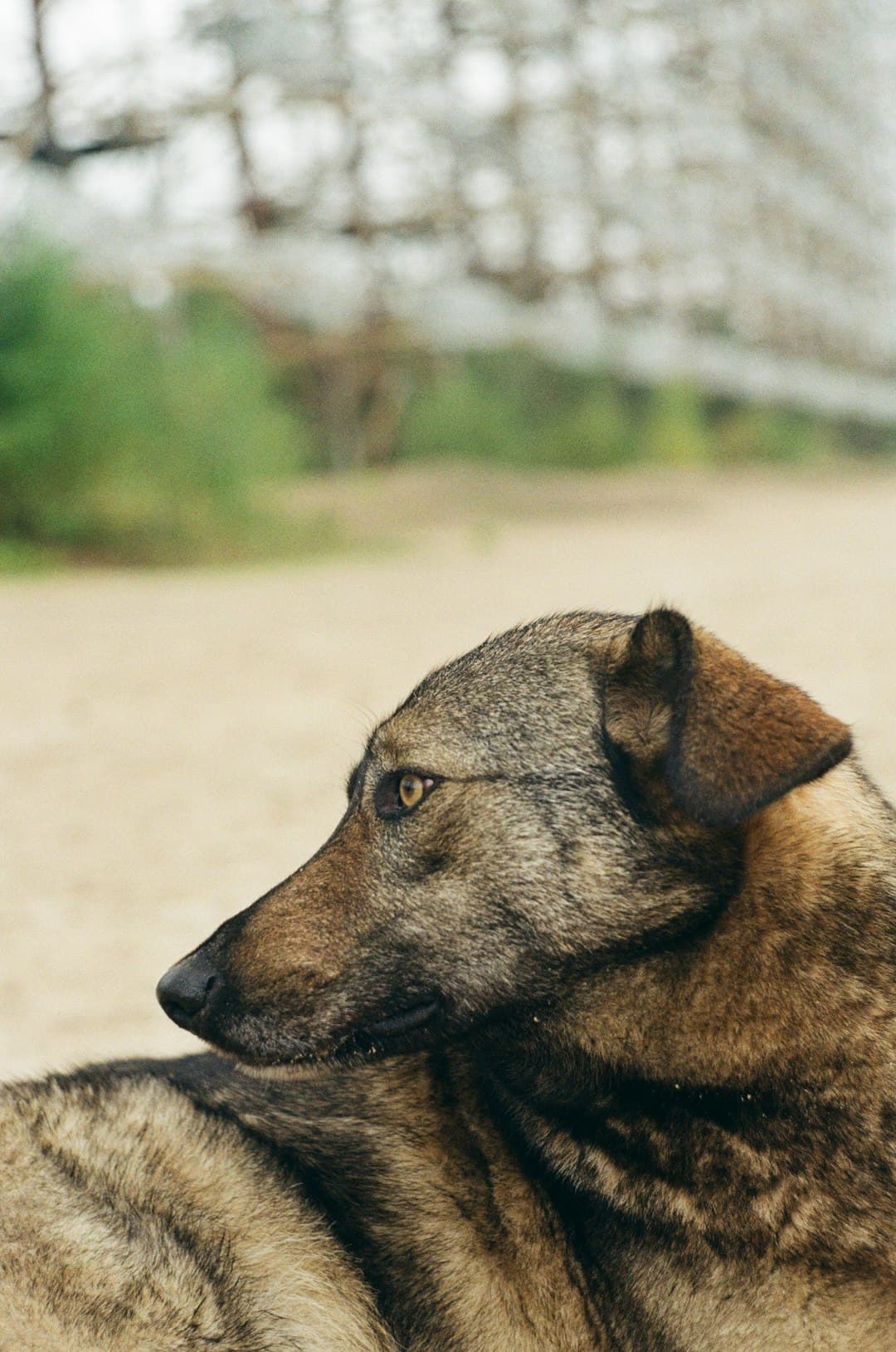
Afghan Hound

Whippet
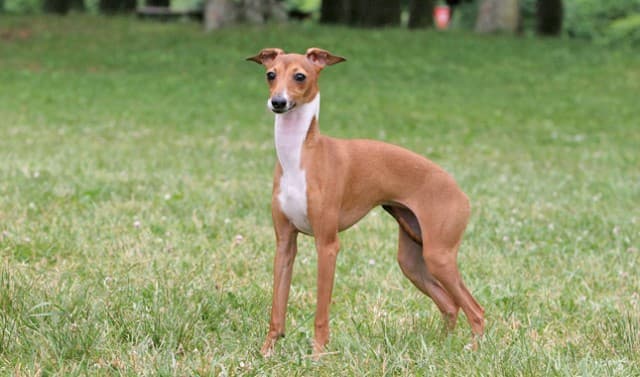
Italian Greyhound
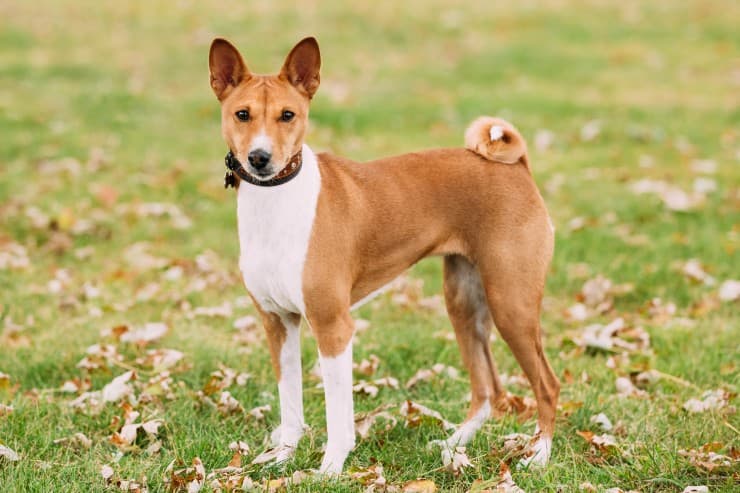
Basenji

Borzoi
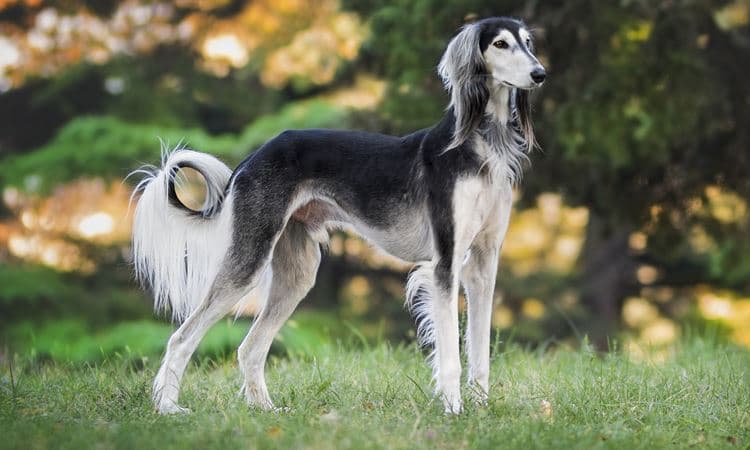
Saluki

Irish Wolfhound
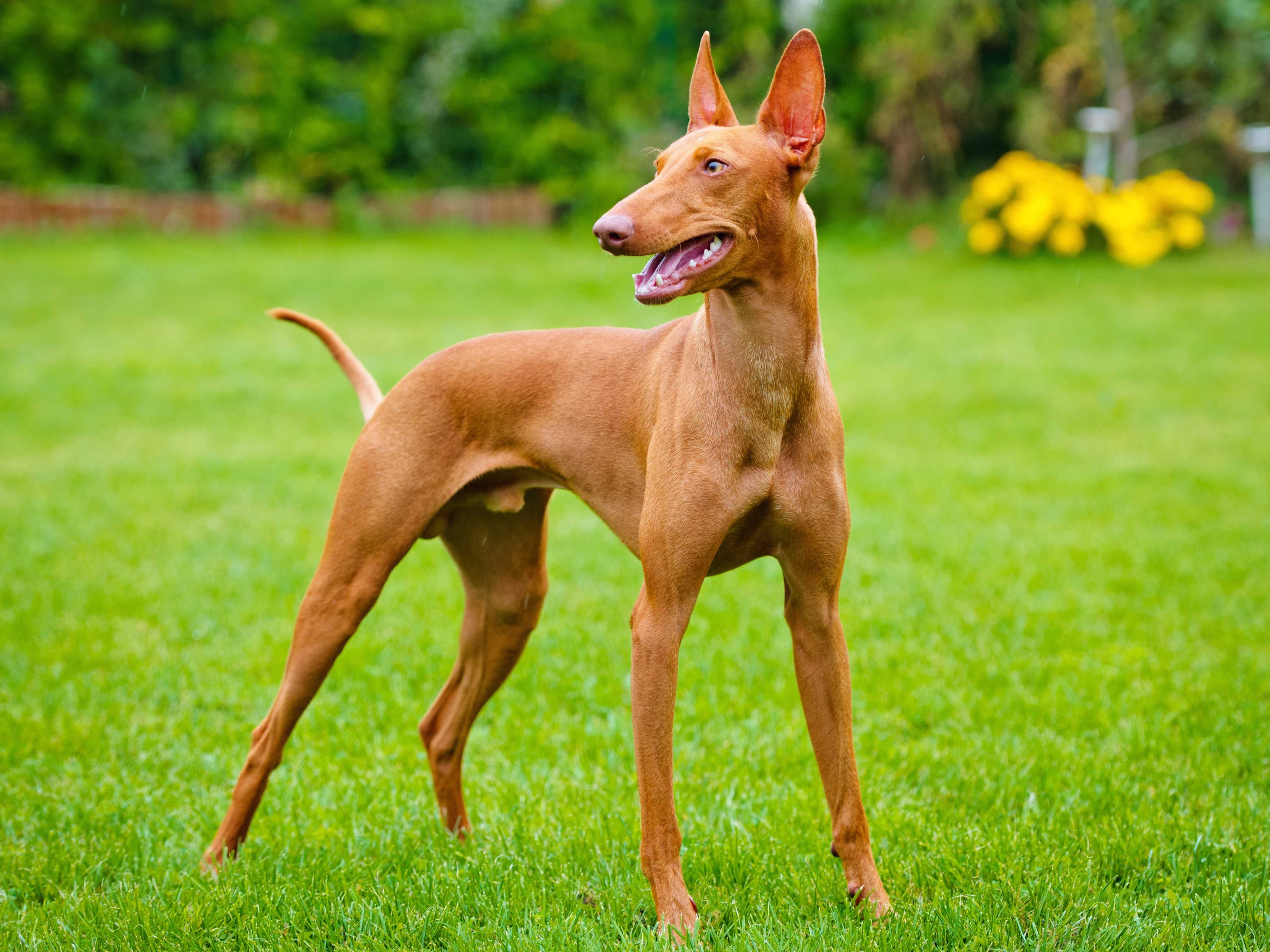
Pharaoh Hound
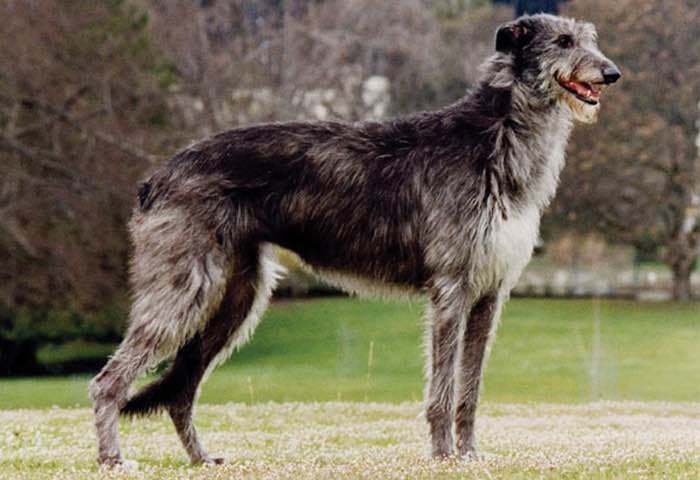
Scottish Deerhound
Living with Hound Dogs
Exercise & Activity Needs
Hounds were bred for endurance and hunting, so most need substantial exercise. Scent hounds enjoy long walks where they can sniff, while sight hounds need opportunities to run in secure areas. Many hounds have strong prey drives, so secure fencing is essential. They may chase small animals, so off-leash exercise should be in fenced areas only.
Training & Behavior
Hounds can be independent and stubborn, bred to work away from their handlers. Training requires patience and positive reinforcement. Scent hounds may be vocal - baying and howling is natural behavior. They can be challenging to recall once they pick up a scent. Start training early and be consistent. Many hounds are food-motivated, which helps with training.
Grooming & Health
Most hounds have short coats requiring minimal grooming - weekly brushing is usually sufficient. Breeds with long ears (like Basset Hounds and Bloodhounds) need regular ear cleaning to prevent infections. Sight hounds are sensitive to cold due to low body fat and may need coats in winter. Common health issues vary by breed but can include hip dysplasia, bloat, and ear infections.
Family Life & Temperament
Hounds are generally friendly and good with children. They're pack animals and usually get along well with other dogs. However, their prey drive means they may not be safe with cats or small pets. Scent hounds are typically more social and people-oriented, while sight hounds can be more reserved. All hounds benefit from early socialization.